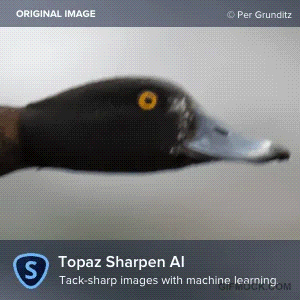Disclosure: We are a professional review site that receives compensation from the companies whose products we review. We test each product thoroughly and give high marks to only the very best. We are independently owned and the opinions expressed here are our own..
Recently, I came across in an issue on a Windows 7 install where a USB hard drive couldn’t be recognized. With USB external drives, there are times when Windows can no longer read a hard drive. Sometimes it’s a bad drive, but a lot of times, another device caused the drive to go offline. 
Image credit: Stock Photo – Confused
For me it was an easy fix. But it could have been worse. I could lost all the data and the drive could have failed. Below are a few things you can do to make Windows 7 recognize an unrecognized USB hard drive
Make Windows 7 Recognize an Unrecognized USB Hard Drive
There are a few things you do to get your drive recognized by Windows 7. Here are a few things you can do to try and make Windows 7 recognize an unrecognized USB hard drive.
- Restart your computer. – Sometimes all it takes is a simple restart of Windows to find your unrecognized device.
- Unplug all USB Devices and restart computer. Plug in the unrecognized device. – If you have a lot of USB devices, Windows may assign the same drive letter for several different devices. When this happens, one of your devices won’t be seen.
- Power down your USB Device and unplug the USB cord. – USB drives can act up just like any other device. If your drive runs to long, it gets hot, or it simply just stops working. Restarting the drive can sometimes make the drive recognized by Windows.
- Plug your device into another computer. If that computer can see it, then the issue is with the computer that can’t read your USB Hard Drive.
- If this doesn’t work, you could always pull the drive from the case and install it via SATA cord to the motherboard. – USB drives/enclosures can fail, but the drive lives on. If this happens, pull the drive out. Recover your data and replace your USB drive with a new one. Odds are, your drive will fail soon.
- The last thing you could do is initialize the hard drive. – When the disk malfunctions, or another drive takes its place, Windows may not recognized the drive anymore and it will have to be initialize. This is a last resort. The drive will be blank. You will loose all of your data but, your drive will be working again. Hopefully you have a back up your data from that drive.

How to Initialize a New or Old Hard Drive in Windows 7
After trying everything suggested, you will need to initialize the drive. Once again, you will loose all the data on your drive. But that won’t be an issue, if you have been backing up your data. If you have been backing up your data, then you can put the data back on your newly initialized drive.
Once you have decided that you have no other options, the first thing you will need to do is go to the start menu and do a search for disk management. Then open the program.
After the program opens, you should see a window like the one above. It should show all of your internal, external, and optical drives.
Each drive will be labeled with its status. In the image above, it shows you healthy and active drives. If you have removable drives that aren’t being used those reserved drive letters will be blank.
If the computer sees that you have a drive installed, but its not recognized, it will show up here with diagonal lines through information area of the drive letter. It may not even have a drive letter reserved. If Windows can not see your drive here, then your drive may have failed.
After locating the drive that needs to be initialized, right click, click Initialize Disk. Then follow, In the Initialize Disk dialog box, select the disk(s) to initialize. You can select whether to use the master boot record (MBR) or GUID partition table (GPT) partition style.
Special Note: New disks might appear as Not Initialized. If this is the case, you will have to use Disk Management after adding your new disks, you will need to use the Initialize Disk Wizard appears so you can initialize the disk.







Leave a Reply